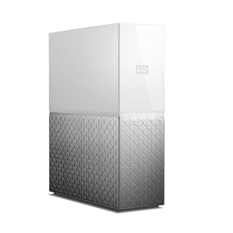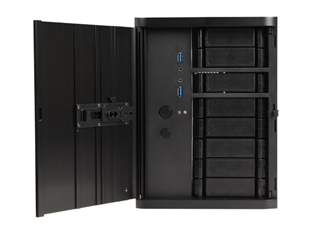File sizes are getting crazier by the day. Memory cards are expanding beyond belief and the amount of data we accumulate on all of our technology is paramount. Every few years since the long-ago days that I could remember, I would say to myself in utter disbelief, “Storage sizes are what now?! No one’s ever going to use that amount.”. Sure enough, I’m repetitiously disproven year after year as the next generation of products hit the market.
You see, everything that we do nowadays is increasingly-less analog and increasingly larger in file size. I still remember recording 3gp video on my 16mb Motorola Razr, which for me was more than ample storage at the time – but I hardly relied on my phone to take quality pictures. During my high school senior trip, I still remember having to go to the convenient store to buy film for my re-usable camera. Not to say that that style of photography is fading of course, but our memories are slowly making a transition to memory cards and hard drives instead of film and tape.
Some technological devices have also become increasingly mobile – meaning that they're much more susceptible to theft, loss, and failure. Although our file storage devices have certainly increased – we're still, in a sense, limited by them. Unless you carry a hard drive with you at all times or opt to use a cloud service like Google Drive, One Drive, or Drop Box.
I personally hate using cloud services. It can get quite costly for additional storage and you're limited by your bandwidth of your internet provider, especially if you need to sync large files.
That and I never liked the idea of a corporate entity handling my files anyways, so I personally like to “DIY” stuff like this. It isn’t even that difficult any longer now that some companies are offering easy-one-stop solutions for this. Western Digital's My Cloud server for example only requires you to plug the unit into a wall outlet, and connect it to your network to function properly – Oh, and did I mention it’s affordable? At the time of this article, 2-6 TB cloud servers range from $120-$220 depending on the flavor.

WD 2TB Single Drive “My Cloud”
Western Digital does offer bigger drives with redundancy (meaning if something were to happen to your data, you’re protected through RAID – which is essentially the idea of having multiple hard drives carry the same data in case anything happens to one). But as we increase in size and number of drives, it may be much cheaper to build your own NAS from scratch.
What is a NAS?
A NAS, or a Network-Attached Storage is literally what it sounds like. It’s a smart storage system that is accessible through a network (or a dedicated computer specifically for storage). Let’s not forget that the internet is just a large collection of networks, so this means that cloud storage is essentially a NAS as well – but the benefit of building one yourself is being able to upgrade and future proof yourself, rather than having to buy a whole new unit every few generations.
They do make NAS specific hardware (like cases, motherboards, and Hard Drives). With the exception of the hard drive, you really could use anything you want. NAS specific cases generally allow more room for much more hard drives, NAS motherboards have more SATA ports, and NAS Hard drives are built to last in an “always on” state (for additional information, research Western Digital Red Drives). Finally, there are operating systems specifically designed for RAID structures like FreeNAS.

RAID isn’t required to build a NAS – but it is certainly a benefit to keeping your data safe. With a simple RAID setup, you protect your data by storing them on an array of hard drives. If one were to ever fail, you can swap that hard drive out and replace it with a new one. The data from the other hard drives will be copied to the replacement, and your data is once again protected (unless all hard drives fail at the same time).
So why not run a RAID setup on all our desktops at home? Well, most home-based users have more than one computer, so buying hard drives for every single one may not be cost effective. Laptops won’t be able to use this technology either, and there isn’t a solution for media players and cameras.
This brings us to the primary benefit of owning your own NAS.
Because it is attached to your network (your router), all devices on the same network can access it. Permissions can be applied for multiple users and there are plenty of free manager applications for multiple uses in media, photos and backups. Because you own this NAS, your free to do what you want with it. There is no corporation charging you to keep your files uploaded (or another set of eyes that can potentially read your information). There are plenty of plugins available for remote access for on the go, and you're free to upgrade the hard drives as larger storage mediums become available.
As file sizes continue to increase, it makes more and more sense for consumers to own their own NAS system. The cost of the largest Micro SD card on the market as of today is around $250 (for a 400GB SanDisk). Rather than opting for mobile storage, wouldn’t it make better sense to buy an 6TB NAS for around the same price?

